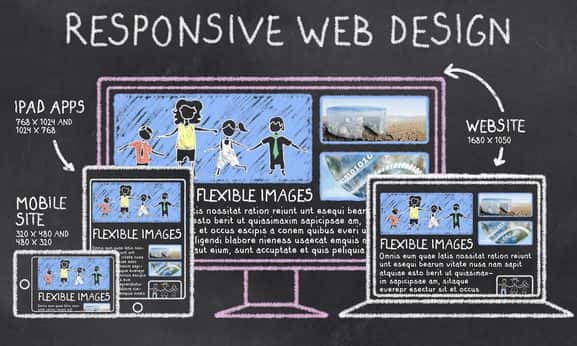Buyer's Journey on a Website

When potential customers or clients visit a new website, they usually have a specific journey of viewing your content and marketing materials before placing a call for your services. In fact, many potential leads are likely to have already made a decision on whether or not they want to request your services by the time that they place a call. Because of this, it is commonly estimated that about 70 percent of buyers already know what they want and have done the research beforehand. This means that the majority of the buyer's journey is happening on your website, and it’s important for you to focus on this in order to have leads come in and call you. With that in mind, here are some tips and tricks you can use so that buyer's will complete the buyer's journey on your website and approach you for your products and services.
Start from the Beginning
At the beginning of the buyer’s journey, your buyer is most likely unaware of your company and what they do, and the fact that they have a need of your products or services. At this stage, you need to create awareness for your products and services so that potential customers and clients will not only understand that you can do, but also understand how you can help them. Craft the content on your website to focus on your potential clients and customers’ needs and frustrations rather than just touting your achievements and brand. This will allow potential clients and customers to relate with you on a more personal level and start to think of you as someone that can help them.
Optimize Your Business on Google
In the buyer's journey, discovery is key, and there is no greater platform for discovery than Google. When potential customers or clients begin researching a need they think they have on Google, they are typically using general search terms to explore what options are available in their area. At this stage, they are usually looking for customer reviews, testimonials and other metrics that will show them whether they think you are a good fit for them.
You need to make sure that these resources are available within the content of your website, as this will encourage customers to call you and take your inbound marketing strategy to the next level. It may be a good idea to use a marketing automation tool so that you can track conversion rates and bounce rates, and see what content people are looking at on your website. It's never too early to start gathering this information, as you can use it in your marketing and content creation efforts down the road.
Once you have these resources in place, you will be best suited to handle the buyer's journey from potential customers and clients. Remember that anyone who is looking for a product and services has many options at their disposal, so developing an inbound marketing strategy is key. You need to take these glut of options into consideration, and use the content on your website to tell a story and evangelize while acting as a resource for potential customers and clients.
Try Answering Legal For Free!
14 Day Legal Answering Service Free Trial
P: 631-686-9700
Share this article




Share this article




Recent articles
How Lawyers Can Take a Real Vacation Without Losing Leads
[Read More>]In this holiday-themed episode, hosts Nick and Tony share insights on how law firm owners can maintain client engagement while out of the office, highlight the value of virtual receptionists and auto-responses for preserving a strong client experience, and offer practical tips to help attorneys truly relax and enjoy their vacations without compromising their business operations.
The Hidden Referral Goldmines Your Law Firm Is Ignoring with Delisi Friday
[Read More>]Delisi Friday (Founder of First Call Friday) joins to discuss the value of integrating referral strategies into everyday practice, hidden referral sources lawyers should be exploring and ensuring staff are trained to recognize and act on referral opportunities.
Beyond the First Call: How Great Legal Intake Builds Sustainable Law Firm Growth
[Read More>]We’re taking a closer look at the return on investment that comes from building a truly great legal intake process. The short-term ROI is easy to grasp: capture more leads, secure more cases, and bring in more revenue. However, the true value of a strong intake process goes much deeper.
The High Cost of Cheap Intake: Why Cutting Corners Hurts Law Firms
[Read More>]For years, law firms were largely unaware of just how critical legal intake is. It was a blind spot for most attorneys. But as time has passed and discussions about intake have become more common, a new problem has emerged. They’re not neglecting it out of ignorance. They’re neglecting it to save a buck.
